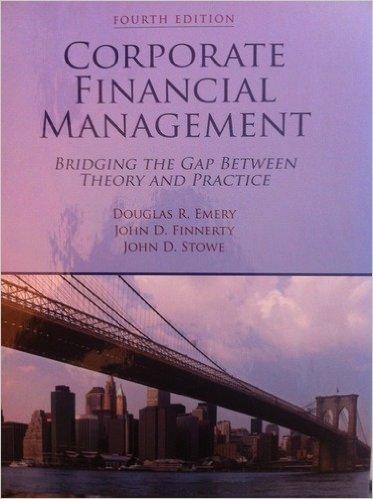3. (35 points) Now consider a variation of the binary lottery we saw before. Instead of losing $10 with some probability, the game is now that you have a 50% probability of losing 10% of your wealth. For the beggar this amounts to something like 50 cents; for the millionaire it would be $100,000. Who requires a larger payment up front, in percentage of his wealth, to enter this gamble? This is not an easy question. Suppose the millionaire requires $70,000, which is not totally absurd, and the beggar requires 30 cents, which again may make sense. Then the millionaire requires a larger payment in percentage of his wealth than the beggar. In that case, we say that the millionaire is more relatively risk averse than the beggar. The coefficient that measures this is the coefficient of relative risk aversion, defined as R(w):=w* A(w) where A(w) denotes the coefficient of absolute risk aversion. IfR is independent of wealth, we say that the utility function is in the constant relative risk aversion, or CRRA, class. Similarly, some utilities exhibit increasing (IRRA) or decreasing (DRRA) relative risk aversion. Complete the questionnaire below and determine the degree of your risk aversion. 2 Compr y compone contenen, dank ery This key place you win the lonery, you will If you un every T will be three depending L 50-50 chance of - La 50cc of - La Mchance of & Suppd dad h What are of waste comenquisas fek pa so the ky stain show at the Think Tryk all that perfek! of the The de Try which The level of The The compof fe fecha In agi fech para (3) feel expa A Comp de imple permite ding compondre diding the by Expen de Table 4.1. Determining 22 4 0.0% 0.0% 0.0% 41 23 THE 3.90 1286 1.7% 6.7% 14.5% 0.25 0.15 0.5% 11% 3.5 05 0.3% 10% 2.3% 4 0.75 0.4% 15% 15% 5 1 0.5% 20% 4.6% 6 1.25 0.6% 2.0% 76% 16.0% 245 9.1% 184% 2.9% 10.45 20.3% 2.5% 3.3% 11.3% 21.7% 1.5 0.8% 30% 5.7% 6.9% 10 4.45 13.8% 24.4% 7.9% 15 5.8% 16.05 26.4 1.75 0.9% 35% 2 10% 40% 25 12% 50% 9.0% 20 6.8% 17.0% 27.4% 11.05 30 7.8% an add year 3. (35 points) Now consider a variation of the binary lottery we saw before. Instead of losing $10 with some probability, the game is now that you have a 50% probability of losing 10% of your wealth. For the beggar this amounts to something like 50 cents; for the millionaire it would be $100,000. Who requires a larger payment up front, in percentage of his wealth, to enter this gamble? This is not an easy question. Suppose the millionaire requires $70,000, which is not totally absurd, and the beggar requires 30 cents, which again may make sense. Then the millionaire requires a larger payment in percentage of his wealth than the beggar. In that case, we say that the millionaire is more relatively risk averse than the beggar. The coefficient that measures this is the coefficient of relative risk aversion, defined as R(w):=w* A(w) where A(w) denotes the coefficient of absolute risk aversion. IfR is independent of wealth, we say that the utility function is in the constant relative risk aversion, or CRRA, class. Similarly, some utilities exhibit increasing (IRRA) or decreasing (DRRA) relative risk aversion. Complete the questionnaire below and determine the degree of your risk aversion. 2 Compr y compone contenen, dank ery This key place you win the lonery, you will If you un every T will be three depending L 50-50 chance of - La 50cc of - La Mchance of & Suppd dad h What are of waste comenquisas fek pa so the ky stain show at the Think Tryk all that perfek! of the The de Try which The level of The The compof fe fecha In agi fech para (3) feel expa A Comp de imple permite ding compondre diding the by Expen de Table 4.1. Determining 22 4 0.0% 0.0% 0.0% 41 23 THE 3.90 1286 1.7% 6.7% 14.5% 0.25 0.15 0.5% 11% 3.5 05 0.3% 10% 2.3% 4 0.75 0.4% 15% 15% 5 1 0.5% 20% 4.6% 6 1.25 0.6% 2.0% 76% 16.0% 245 9.1% 184% 2.9% 10.45 20.3% 2.5% 3.3% 11.3% 21.7% 1.5 0.8% 30% 5.7% 6.9% 10 4.45 13.8% 24.4% 7.9% 15 5.8% 16.05 26.4 1.75 0.9% 35% 2 10% 40% 25 12% 50% 9.0% 20 6.8% 17.0% 27.4% 11.05 30 7.8% an add year







